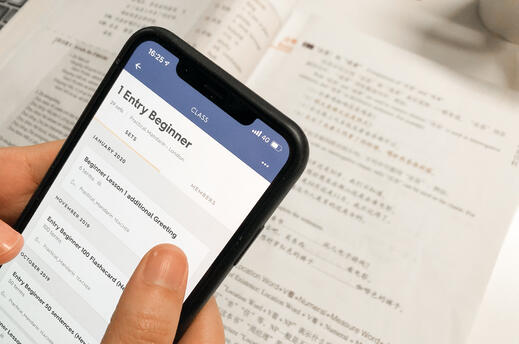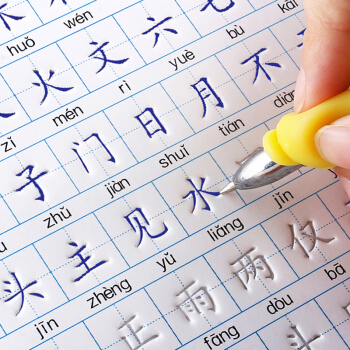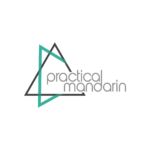TEACHING METHOD
Our lessons are fluency focused training with a blend of tutorials, practise, assessment and immersion.
TOTAL FLUENCY METHOD
The balanced use of these 3 parts of language training is a key for our classes.
Many schools might focus on tutorials (input), lack of practise (output) and immersion (multimedia). Or some classes might be like “English Corners” that do not deliver learning results. On the other hand, many students might learn on Apps without the chances and ability to listen and respond in real time.
We like to address to those issues by blending the 3 key elements of language learning into each of our lessons.
![]()
IN EACH COURSE
Ice Breakers
At the start of the course, use a game or a simple greet and chat to warm up the group, get people to know each and get comfortable in talking to each other first.

Induction
There should be some techniques of how to start the class, and it’s necessary to let students know first what they are expected to learn in this lesson.
Induction could include a simple show and tell, or questioning, or even an exercise to let students discover while doing.

Tutorials
This is the only part that requires ”teaching”.
For Level 1 – 3, our contents will include:
- Tutorials – learning focus
- Story time – reading comprehension
- Vocab workshop – learning new words
- Grammar workshop – learning 2-3 key grammar points
For Level 4-6, it’s similar but much less on grammar points, since they learnt most of them in the previous levels.
Beginners will learn Pronunciations at the beginning of the lesson for 10-15 mins.
Level 1 – 3 will have seperate 15-20 mins Hanzi learning at the end of the lesson.
Level 4-6 will learn Hanzi when learning vocabularies.

Assessment Games
Quizzes that require correct answers are the assessments in our courses. It could include single or multiple choices, sorting orders, match, true or false questions.
During the course, there are various assessments, some of them are also using interactive tools like Quizlet and Kahoot.

Fluency Practice
These are the parts to get ACTIVE!
Use our pre-designed targeted fluency practise, or come up with your own game for students to use the language. In general, speaking practise mostly including these modules:
- Picture talk 看图说话
- Conversation flow 对话
- Story telling 讲故事
- Debate 辩论
Ask students to stand up if you want, ask them to move around, talk to different partners, this is the part the classroom should be buzzy and teachers just obverse and help each group.

Immersive Material
There are material created and curated by PM, they are lifelike conversations by native speakers, or even songs. This is the part where we don’t limit the language. It could be difficult for a lot of students, but we have to emphasize that it’s not about understanding everything, but to grasp key information, and get used to listening native speakers.
Level 1 – 3, immersion could be homework, to listen to our review podcasts, to watch the presentation videos we created.
Level 4-6, immersion is built into the lesson, since students should be able to understand more.

Homework Design
This is the part teachers can adopt and adapt to their class.
Level 1 -3, we have designed written homework already, students are encourage to listen to the immersion material, and are encourage to send audio homework, or to do presentations in class, for example: take a picture of your living room and describe to us, take a picture of a Chinese menu while they are out etc.
Level 4-6, we have designed some written homework, and it’s a good idea for students to write more if their Hanzi level is good.

WHAT WORKS?
-
Open, fun and sociable classroom
- DO NOT lecture, engage them with variety of activities
-
Well-paced, not too overwhelming
-
Encouraging not judging
-
Pair works with different classmates
-
Play fun games from time to time
-
Review well at the beginning and the end of the lesson
-
Share interesting stories of Chinese culture, food, songs, gossips
-
Encourage students to join the cultural events organised by PM
TEACHING TECHNIQUES
ENERGY!
Be yourself bring energy and positivity to classJOKES!
Have confidence, treat them like your friendsSURPRISES!
Bring games or snacks or something newCULTURE EXPERIENCE
Promote and bring Chinese culture to class and to each students!


